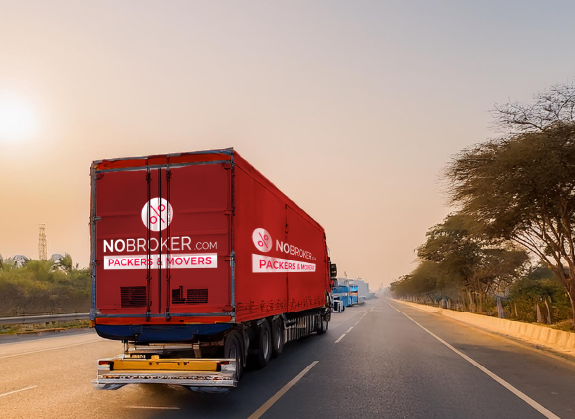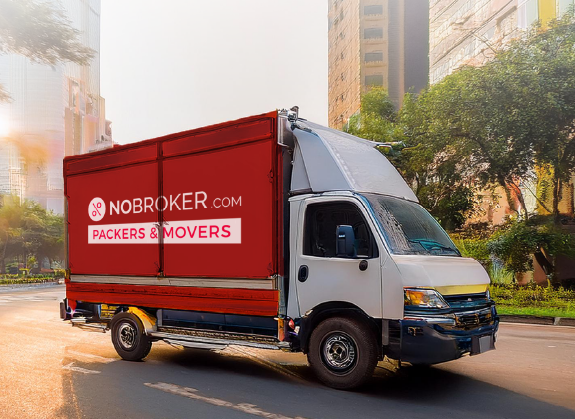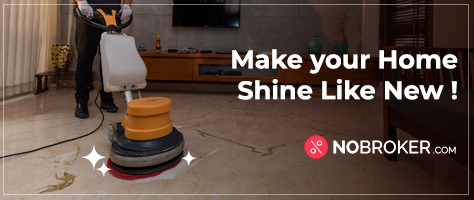When I started planning my restaurant, I wanted to understand how to design a restaurant kitchen that would be efficient and easy to work in. I researched about it, but the design tips I got were very lengthy. To save my time and money, I hired commercial interior experts. Observing them taught me exactly what goes into a well-organised, functional kitchen. Here’s what I learned.
How should a Restaurant Kitchen be Designed ?
Plan the Layout: Different layouts fit different kitchen styles. They recommended:
Assembly Line Layout: Ideal for high-volume kitchens where food moves in stages, like fast food setups.
Island Layout: Perfect for larger kitchens with central prep and cooking stations, allowing flexibility for multiple chefs.
Zone Layout: Divides the kitchen into stations for prep, cooking, and plating, ideal for organised meal prep.
Open Kitchen Layout: Adds visibility, letting customers view the action; great for an interactive dining vibe.
Select Quality Equipment: Investing in professional-grade equipment is key to efficiency and durability. Essentials include:
High-grade Ovens & Grills: Ensures consistent cooking quality and speed.
Industrial Refrigeration: Keeps ingredients fresh, meeting food safety standards.
Durable Counters: Stainless steel surfaces are recommended for their durability and ease of cleaning.
Organise Storage Spaces: Smart storage keeps everything accessible and streamlines workflow:
Shelving and Cabinets: Keeps essential tools and ingredients within easy reach.
Walk-In Coolers: Allows for bulk storage, ideal for larger setups.
Separate Areas for Dry and Cold Storage: Ensures organisation and food safety.
Optimise Lighting and Ventilation: Good lighting and ventilation create a safe, comfortable environment.
LED Task Lighting: Positioned over workstations to enhance visibility.
High-Powered Exhaust Systems: Clears smoke and odours, keeping the kitchen fresh.
Adhere to Safety and Health Standards: The ultimate design met all safety regulations, covering fire safety, sanitation, and strategic equipment placement for easy cleaning and maintenance.
With these steps, the professional designed my restaurant kitchen in an organised, safe, and efficient space. I hope this helps you get an idea of how to design a restaurant kitchen.
Get Your Commercial Space Designed at Affordable Rate by NoBroker’s Trusted Commercial InteriorsAlso Read:
How To Make Modular Kitchen By Own
Your Feedback Matters! How was this Answer?
Shifting, House?
✔
Lowest Price Quote✔
Safe Relocation✔
Professional Labour✔
Timely Pickup & Delivery
Intercity Shifting-Upto 25% Off
Check Prices

Intracity Shifting-Upto 25% Off
Check Prices

City Tempo-Upto 50% Off
Book Now









How to Design a Restaurant Kitchen?
Revati
41 Views
1 Answers
2 months
2024-10-31T16:14:15+00:00 2024-10-31T16:14:16+00:00Comment
Share